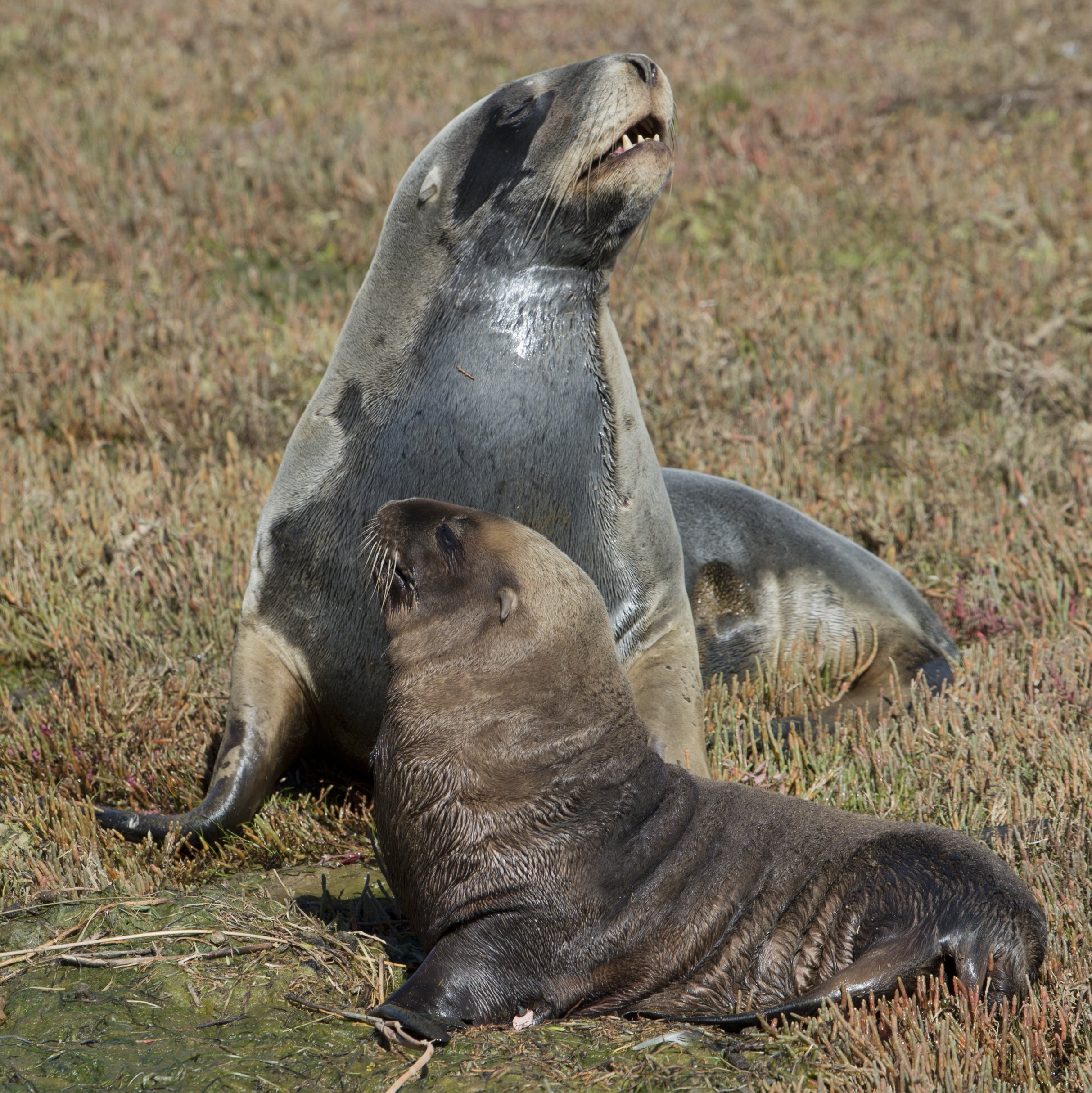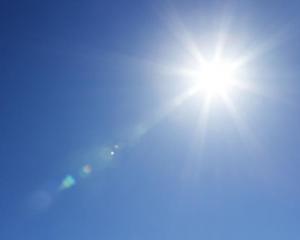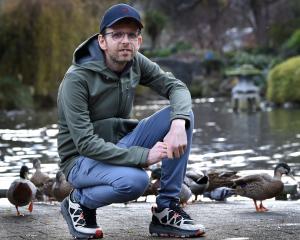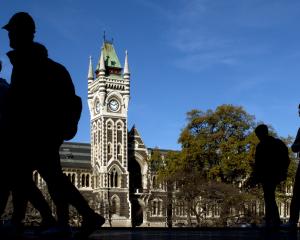
However, the overall health of the species could be overestimated, the New Zealand Sea Lion Trust says.
Trust spokeswoman Jordana Whyte said tagging over the coming days was expected to confirm a record pup count for the city’s growing sea lion population.
And already the summer months were full of signs the sea lion population had reached a "tipping point" locally.
However, consultation under way about changes in the conservation statuses of marine mammals would take a broader view - and it was not the case the species was flourishing elsewhere, Ms Whyte said.
Department of Conservation (Doc) staff, along with the trust and Te Rūnanga ō Ōtakou, tagged 20 pups from St Kilda to Warrington in 2022 - lauded at the time as a record for Dunedin’s sea lions.
Two years later and the animals appeared to be "all over the show", Ms Whyte said.
"We are up to over 25 pups confidently, but we haven’t tagged all of them yet.
"All of a sudden it just feels like there are sea lions all over the place. That does feel different," she said.
Pups were born this year outside of the animals’ traditional spots - such as at Ocean View, near Brighton.
"That’s also, I think a sign, that they’re hitting that tipping point," Ms Whyte said.
"And I think you see that reflected also in some of the challenges we’ve had this summer around roads."
Doc and the trust had been called out to assist sea lions on roads "every other day" during the busy summer months.
Still, she said the animals’ present threatened status as "nationally vulnerable" was "strongly disputed" by the trust as too high when it was adopted several years ago.
Ms Whyte also questioned the official figure of 12,000 animals.
The Doc consultation on threat classifications now under way was a call for advice to inform a specialist panel that would soon meet to review the classification of marine mammals in New Zealand.
The trust wanted the panel to take a broad view, she said.
That broad view would show a worrying long-term trend and a 24% drop in the Auckland Island populations last season.
Not only was the drop recorded in the biggest and most important breeding area for New Zealand sea lions, the reason behind was as yet unknown.
"That needs to be factored in."
"You don’t get a feel for how the species is doing in Dunedin, because it looks like they’re doing awesome.
"And it’s great that they’re doing well here.
"And I think that the community should be super proud of that, because we all have a part to play in that and people are looking after these sea lions, which is fantastic.
"But we get that false sense of what’s happening.
"Let’s zoom out a little bit and say ‘Actually, this population here in Dunedin, we really need to keep looking after them, because they’re going in the right direction, but the rest of the species isn’t."











